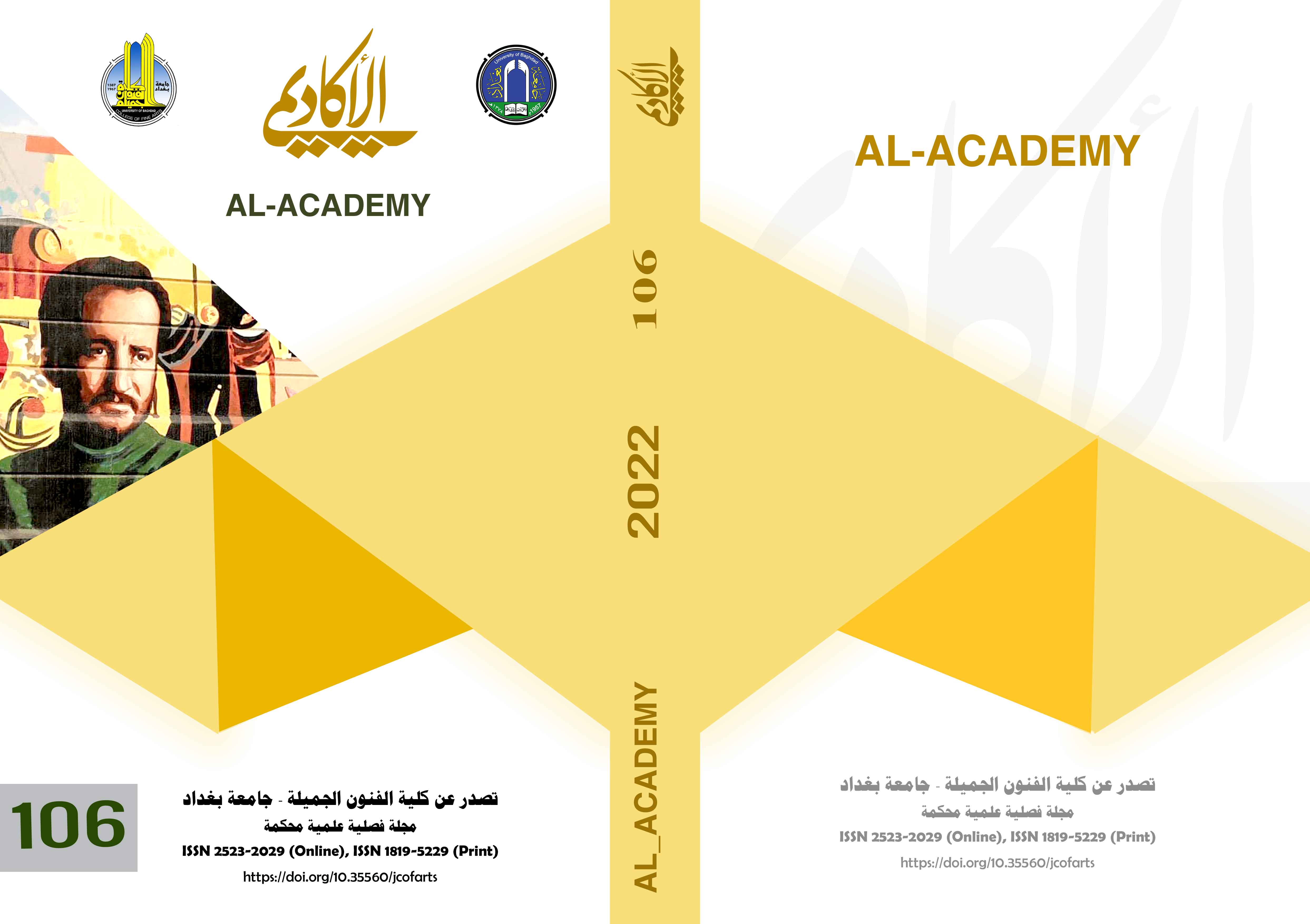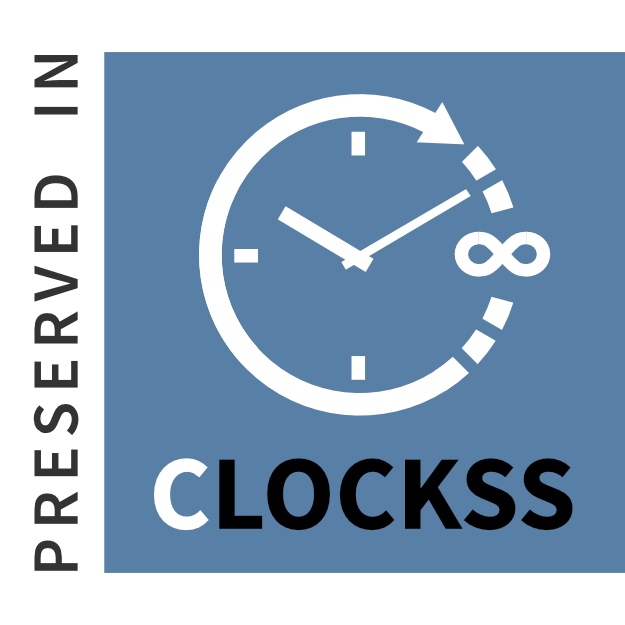دور العلاج بالفن في التخفيف من أعراض اضطراب فرط النشاط الحركي لدى الطفل
DOI:
https://doi.org/10.35560/jcofarts106/167-186الكلمات المفتاحية:
برنامج علاجي بالوسائط الفنية، اضطراب فرط النشاط الحركي، طفل المرحلة الابتدائيةالملخص
هدفت الدراسة الحالية إلى التعرف على مدى فعالية العلاج بالفن للتخفيف من أعراض اضطراب فرط النشاط الحركي لدى أطفال المرحلة الابتدائية.
ومن أجل اختبار صحة فرضية الدراسة، تم استخدام المنهج العيادي، وقد أجريت الدراسة على حالتين أعمارهما على التوالي 7 و9 سنوات، متمدرسان في السنتين الثانية والرابعة ابتدائي بالجزائر العاصمة. ولقد استخدمنا في دراستنا، زيادة على الملاحظة العيادية والمقابلة العيادية، مقياس اضطراب النشاط المفرط لــــ "لكونرز" الذي تم تمريره قبل وبعد تطبيق البرنامج العلاجي، والذي يتكون من مجموعة من الوسائط الفنية في شكل الفسيفساء، على لوحات معدة خصيصا للأطفال.
وبعد تنفيذ البرنامج العلاجي المكون من 10 جلسات، توصلنا إلى أن العلاج بالفن يلعب دورا كبيرا في خفض النشاط الحركي الزائد لدى الأطفال في مرحلة التعليم الابتدائي
المراجع
Arnest, f. (1997). art necessity. Egypt: Egyptian General Book Authority.
Benabdelkrim, m. (2016). The effectiveness of a behavioral treatment program based on a modeling strategy in reducing symptoms of attention deficit hyperactivity disorder. PhD thesis. Tlemcen, Faculty of Social Sciences, Algeria.
Benhafid, m. (2014). Designing a cognitive therapy program for children with attention deficit hyperactivity disorder. PhD thesis. Batna university, Algeria.
Chafik, m. (2000). Scientific research and its applications in the field of social studies. Alexandria, Faculty of Postgraduate Education Studies, Jordan: modern university office.
Chergui, s. (2007). The relationship between attention deficit hyperactivity disorder, cognitive style, and impulsivity. Faculty of Social Sciences, Batna University.
Elhachemi, b. (2019). plastic media therapy series. Algeria: University Press.
Elmarssoumi, l. (2011). The effectiveness of a behavioral program in modifying the behavior of kindergarten children who are disturbed by attention deficit hyperactivity disorder. Alexandria: modern university office.
Elyami, m. (2001). Art therapy concept. Kingdom Saudi Arabia: educational research center.
Faradj, h. (2004). Art for people with special needs. Cairo: Arab Renaissance Library.
Faradj, k. (2001). The impact of the technical skills development program on psychological and social adjustment and self-concept. The United Arab Emirates, Faculty of Literature: Mina University.
Hamadi, a. (2016). The fifth Diagnostic and Statistical Manual of Mental Disorders "DSM V". Lebanon: Arab House of Sciences Publishers.
Hamadi, a. (2021). Eleventh International Classification of Mental and Behavioral Disorders "ICD 11". Lebanon: Arab House of Sciences Publishers.
Hamri, a. (2015). Building a behavioral treatment program to reduce hyperactivity and distraction. Faculty of Social Sciences, Tlemcen university.
Ismail, h. (2008). Some factors contributing to hyperactivity in primary school children. Aswan, Egypt: The electronic library for Gulf children with special needs.
Kamach, m. (2007). Behavioral and emotional disorders (1 ed.). Jordan: Dar elmassira.
Kamel, m. (2003). school psychology. Cairo: Ibn sina library.
Kanaoui, h. (1999). The student, his upbringing, and his needs. Cairo: Anglo-Egyptian Library.
Koriti, a. (1990). An introduction to the psychology of students' drawings. Cairo: Dar elfikr elarabi.
Marini, A. (2003). Attention deficit hyperactivity disorder. Egypt: Anglo-Egyptian Library.
Mhamedi, f. (2011). The effectiveness of two training programs in modifying the behavior of ADHD and writing difficulty. Faculty of Social Sciences and Humanities, Ouargla university.
Mohieddine, m. (1995). lectures on social psychology. Algeria: University Press.
Nechouati, a. (2003). Educational psychology (4 ed.). Amman: Dar forkane.
Noubi, m. (2005). Children's hyperactivity. Egypt: Anglo-Egyptian Library.
ROY, A. (2007). Fonction executive chez les enfants atteints d'une neurofibromatose de type 1 - Approche clinique et critique. france: maison d'édition Universitaire.
Saad, r. (2000). Psychological disorders of children and adolescents (1 ed.). Egypt: Dar elkalim.
Sadouk, f. (1982). The psychology of mental retardation (2 ed.). Kingdom Saudi Arabia: Riyadh University Publications.
Salim, m. (2001). Attention deficit hyperactivity disorder. Beirut: Arab Renaissance House for Printing, Publishing and Distribution.
Sandekli, h. (2008). Learning difficulties in hyperactivity disorders and attention deficit (1 ed.). Beirut: Arab Renaissance House.
Sayegh, s. (2001). Our children's art. 2. Cairo: Arab Renaissance Library.
Stephane, G. (2015). L'Art therapie. France: Dacres éditions.
WILLCUT, E. (2010). A comparaison of the cognitive deficits in reading disability and attention . Journal of abnormal psychologies, pp. 157-172.
Yousfi, m. (2005). Hyperactivity in children. Cairo: Arab Center for Culture and Science.
Zerraa, n. (2007). Attention deficit hyperactivity disorder. Jordan: Dar elfikr.
التنزيلات
منشور
إصدار
القسم
الرخصة
الحقوق الفكرية (c) 2022 Zoubida ELMAHI

هذا العمل مرخص بموجب Creative Commons Attribution 4.0 International License.













